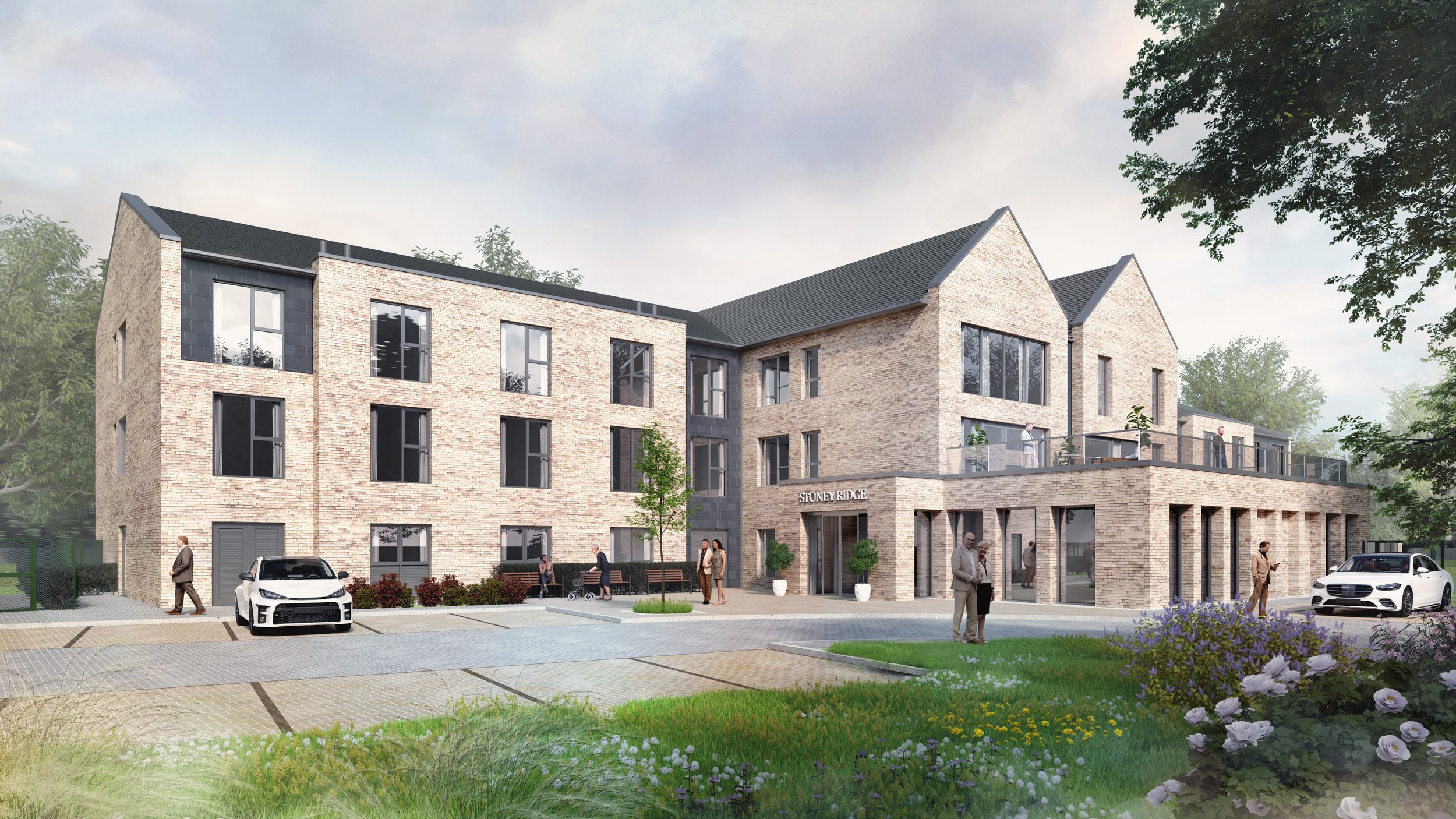The design of care homes has undergone significant transformation over the years. What began as a clinical, institutional approach has shifted towards a more holistic, resident-centered model, prioritizing comfort, dignity, and a sense of belonging. These changes reflect a deeper understanding of the needs and preferences of older adults, especially as more people seek supportive environments that feel like home.
However, just how have they changed? This article looks at it all.
1. From Institutional to Home-like Environments
In the early days, care homes resembled hospitals, with clinical layouts, sterile colors, and impersonal designs. Facilities were structured primarily to accommodate medical care, often creating an atmosphere that felt detached and impersonal. However, this has shifted dramatically as research has shown the psychological benefits of a more home-like setting. Modern care homes now incorporate residential-style rooms and décor. Rooms are designed to look like bedrooms in a home, with soft furnishings, personal decor, and comfortable furniture that residents can adjust to their taste. Instead of cold, clinical materials, designs often feature wood, warm colors, and soft lighting to evoke a cozy, welcoming feel. Many care homes also encourage residents to bring personal items, such as photos, favorite books, and decor, creating spaces that feel familiar and comforting.
These home-like features help create a more nurturing environment where residents feel a sense of ownership over their space.
2. Focus on Community and Social Interaction
The layout and design of care homes have shifted to facilitate social interaction, which is essential for mental and emotional well-being. The modern approach emphasizes creating shared spaces that foster connections among residents, families, and staff. Some key design changes include open-plan living and dining spaces where residents can easily socialize with one another. These spaces are often designed with comfortable seating, reading nooks, and communal dining tables.
Dedicated rooms for activities like art, games, or exercise encourage residents to stay engaged and active, while gardens, patios, and walking paths provide outdoor spaces where residents can enjoy fresh air and interact with others in a relaxed environment. Many care homes incorporate versatile areas that can be transformed based on resident needs, whether for community events, family gatherings, or exercise classes.
These social spaces play a significant role in helping residents form friendships, participate in meaningful activities, and maintain a sense of community.
3. Enhanced Accessibility and Safety Features
While safety has always been a priority, recent care home designs focus on accessibility that allows residents to move freely and comfortably. Newer care home layouts and features prioritize safety while maintaining a warm, inviting feel. Common safety and accessibility elements include:
- Non-Slip Flooring and No-Step Showers: These features help prevent falls and allow residents to navigate spaces with ease, particularly those with mobility challenges.
- Smart Lighting and Handrails: Adaptive lighting systems help prevent trips and falls by illuminating high-traffic areas, while handrails are placed throughout to provide support without feeling overly clinical.
- Dementia-Friendly Design: For residents with cognitive impairments, care homes, such as Eastleigh Care Homes, are made fit for purpose for those with dementia. Corridors may have unique colors or artwork to help residents recognize where they are, which can reduce confusion and stress.
These accessibility features allow residents to move around safely and confidently, supporting their independence and dignity.
4. Biophilic Design and Connection with Nature
Incorporating nature into design, known as biophilic design, has gained popularity in care homes due to its positive effects on well-being. Studies show that access to natural light and greenery can reduce stress, improve mood, and enhance overall mental health, which is especially important in care settings. Elements of biophilic design in care homes include:
- Garden access
- Indoor greenery
- Natural light and views
These biophilic elements help residents feel more grounded and connected to the natural world, offering a welcome retreat from traditional care environments.
In Conclusion
The evolution of care home design reflects a commitment to creating environments where seniors can live with dignity, comfort, and joy. As care home designs continue to advance, the focus remains on empowering residents to lead fulfilling lives surrounded by warmth, respect, and connection.
Keep an eye for more latest news & updates on Vents Fashion!

